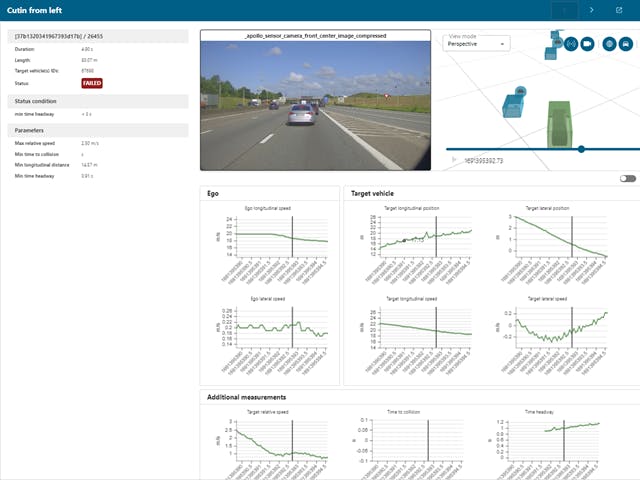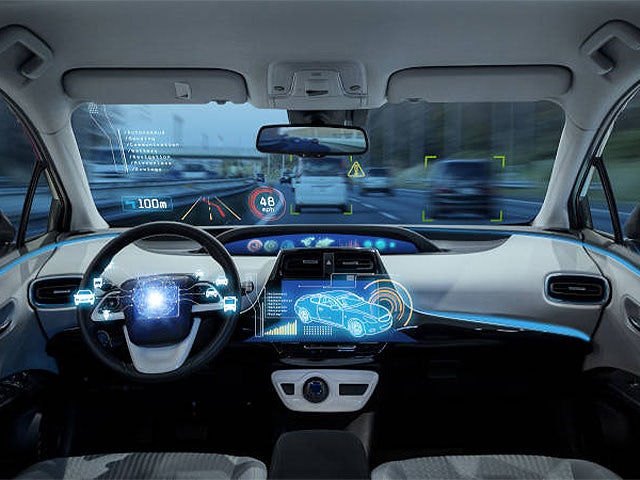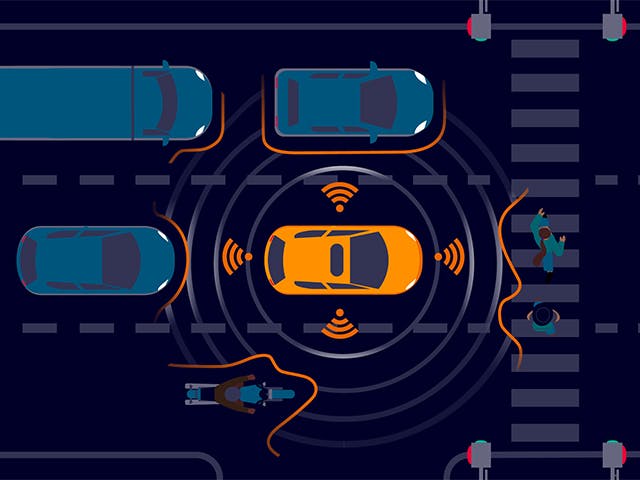
Simcenter autonomy solutions
Smoother and productive journeys are the future of mobility. New trends point to vehicles with increased levels of driver assistance systems, eventually level 5 and then total autonomy. The variables to achieve this extend far beyond the vehicle, encompassing the surrounding environment. Testing designs in a mixed physical and simulated environment ensures confidence in product development before deployment.

Explore autonomy solutions products
Simcenter has the tools you need to predict autonomous vehicle performance. Browse the Simcenter autonomy tool lineup.
Smart and efficient ADAS testing workflow
Advanced driver assistance systems (ADAS) such as adaptive cruise control or highway pilots are a standard feature in new vehicles. To increase driver safety, car manufacturers worldwide are developing and validating such systems for next-generation vehicles as a competitive edge. Discover the ADAS data collection tools that enable the collection and indexing of the jungle of data required.


